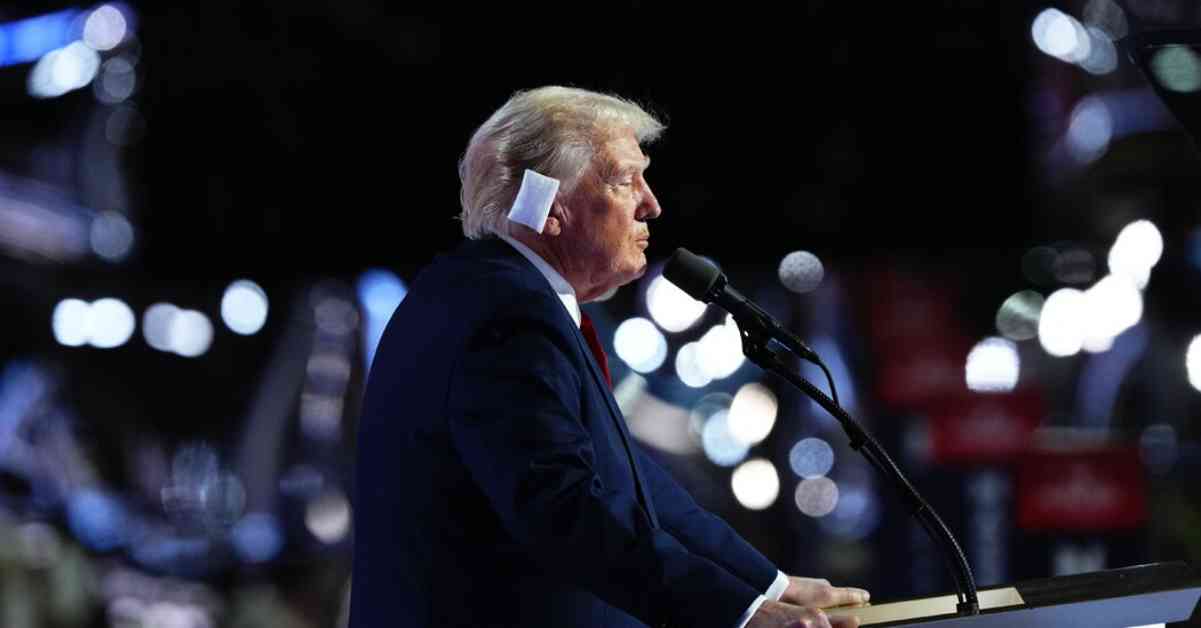Former President Donald J. Trump delivered a prime-time speech at the Republican National Convention, attempting to appeal to undecided voters with a message of unity. However, as he continued to speak for an hour and a half, his familiar style of exaggerations and attacks on Democrats seemed to have little impact on this particular group of undecided voters.
Among those sharing their thoughts with The New York Times, there was a sense of disappointment and lack of persuasion. Sharon Reed, a retired teacher-turned-farmer from rural Pennsylvania, expressed her uncertainty despite previously voting for Mr. Trump. She acknowledged his attempt at being more unifying at the beginning of the speech but felt that he reverted to his divisive rhetoric towards the end.
On the other hand, Ms. Reed’s husband, who is leaning towards supporting Mr. Trump, found some aspects of the speech appealing, particularly the discussion on border security and energy policies. However, even he was not completely won over by the former president’s address.
Arnel Ramos, a 21-year-old food service worker from Milwaukee, had hoped to gain a deeper understanding of Mr. Trump’s beliefs and character during the speech, as she prepares to cast her first presidential election vote. Her expectations were not entirely met, leaving her still undecided about her choice.
The reactions from these undecided voters reflect a broader sentiment of skepticism and reservation towards Mr. Trump’s speech. While he attempted to present a softer image and appeal to a wider audience, his divisive rhetoric and familiar tactics seemed to fall short of making a significant impact on this particular group of voters.
As the presidential race continues to unfold, undecided voters like Sharon Reed, her husband, and Arnel Ramos will play a crucial role in determining the outcome. Their perspectives and insights offer valuable insights into how different segments of the electorate are responding to the candidates’ messages and strategies, highlighting the complexity and diversity of opinions within the American electorate.




